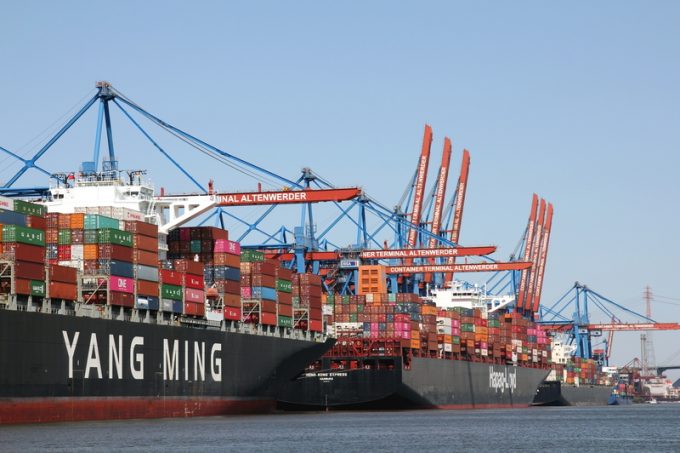Rates reflect strong demand bounce and call for more ocean capacity
Despite generally weak cargo demand, spot rates on the Asia-Europe trades continued to show gains ...

Germany’s largest port, Hamburg, saw throughput at its container terminals in the first quarter decline 6.6% decline, year on year, to 2.2m teu.
However, there could be worse to come in quarter two as a result of consumer lockdowns in Europe and the subsequent plunge in ...

Comment on this article